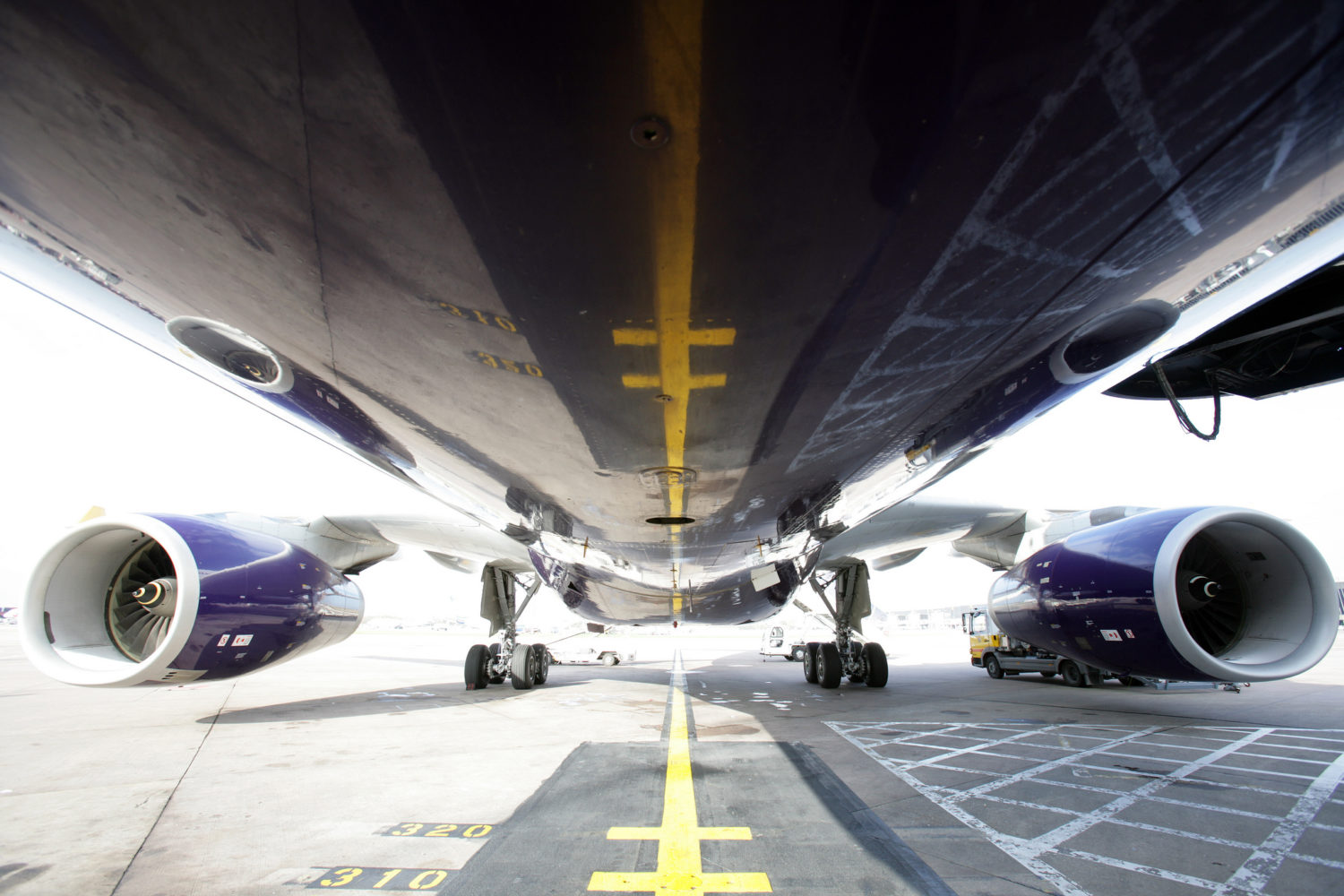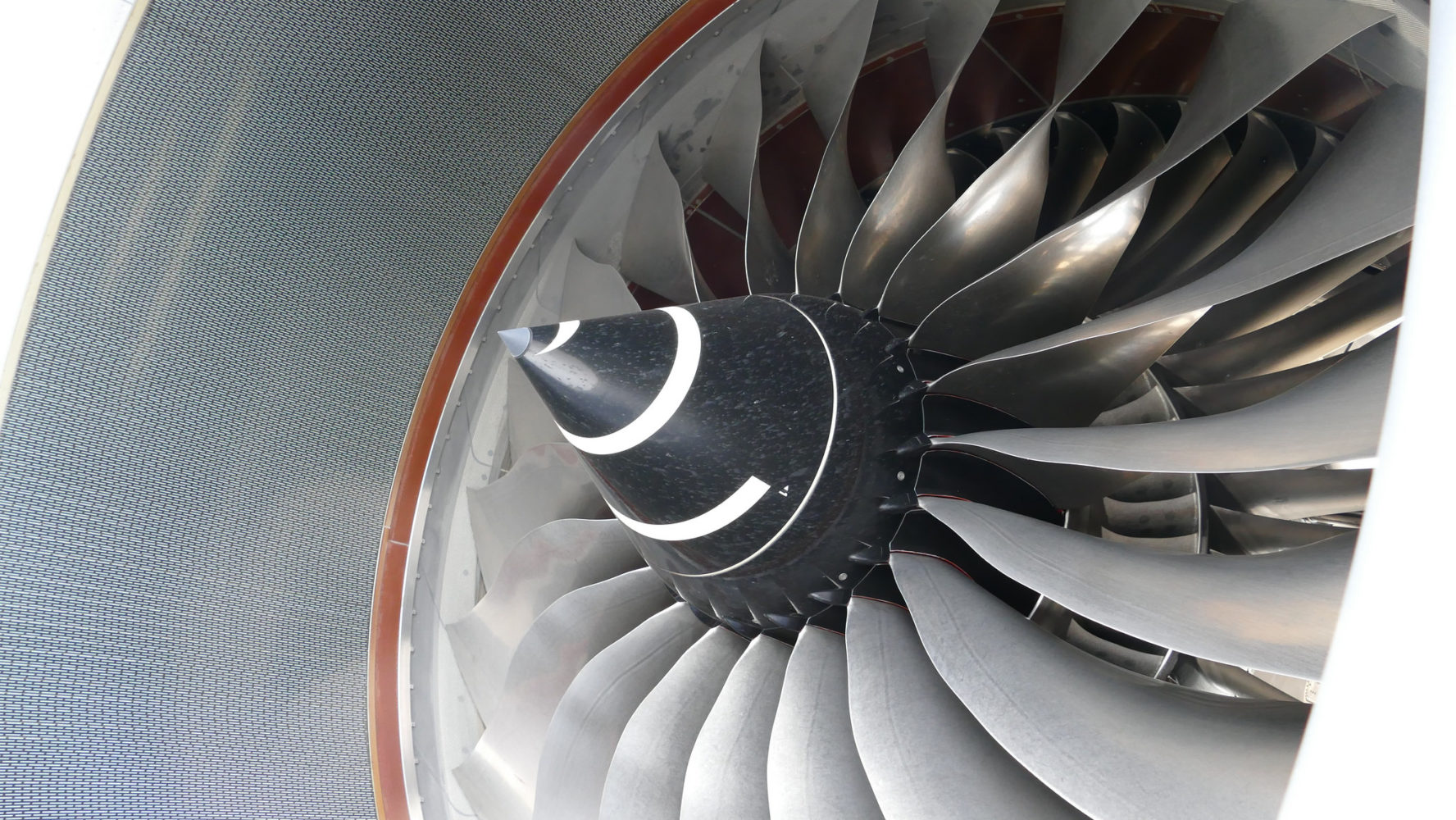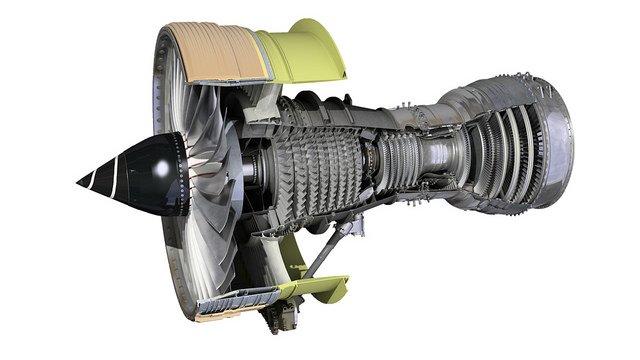Rolls-Royce delivers 2000th Trent 700
With seven strong engines in the world-renowned Rolls-Royce Trent engine lineup, a new major milestone has been achieved by the company, with the Trent 700 achieving 2000 deliveries, which is its second milestone in 2018 after reaching 50 million flying hours in July.
The Trent 700 is the heart of the Trent family, being the original engine in the lineup and building a strong foundation for Rolls-Royce in the widebody engine market. First powered up in 1990, the Trent 700 has allowed Rolls-Royce to increase their market share from 13% in 1995 to over 50% by the early 2020s.
For those unsure of what aircraft the Trent 700 powers, its one of three engines for the Airbus A330ceo (current engine option), and has secured 90% of A330 engine choices over the last three years. The other two engines available for the A330 are the General Electric CF6 and Pratt and Whitney PW4000.
Dominic Horwood, Chief Customer Officer for Civil Aerospace at Rolls-Royce, reflected on the milestone in the following statement:
“The Trent 700 is an iconic engine, the first of a Trent family that will power aircraft for decades to come. I want to thank every customer ho has chosen Trent as we celebrate this milestone.”
Over the last 23 years, the Rolls-Royce Trent 700 has achieved some other significant milestones such as flying 110,000 round trips to the moon, powering three billion people through the air on 12 million flights and being chosen by eighty-eight different operators worldwide.

Although the A330ceo which the Trent 700 powers is near its end with the A330neo in service, Rolls-Royce and Airbus have decided to pass on the Trent 700 and its reputation to the A330neo Family by opting for an exclusivity deal that will see the Trent 7000 power it.
Rolls-Royce is confident the Trent 7000 will build off the Trent 700 and other Trent members and continue to fly for many years to come.

As mentioned above, the Trent Family has seven members, all of which providing thrust for aircraft of various sizes. The following table lists some specifications of each Trent member. Please note that thrust variants of a specific engine will not be included.
| Engine | Thrust (lbf) | Fan Size (cm/in)/Blades | Bypass Ratio | Application |
| Trent 700 | 67,500-71,000 | 97.4 in (247cm) 26 blades | 5:1 | Airbus A330ceo Family |
| Trent 800 | 75,000-93,400 | 110 in (280cm) 26 blades | 6.4:1 | Boeing 777-200/200ER/300 |
| Trent 500 | 53,000-56,000 | 97.4 in (247cm) 26 blades | 7.6:1 | Airbus A340-500/600 |
| Trent 900 | 75,100-84,100 | 116 in (290cm) 24 blades | 8.7:1 | Airbus A380 |
| Trent 1000 | 64,100-74,400 | 112 in (280cm) 20 blades | 10:1 | Boeing 787 Family |
| Trent XWB | 84,000-97,000 | 118 in (300cm) 22 blades | 9.6:1 | Airbus A350 Family |
| Trent 7000 | 68,000-72,000 | 112 in (280cm) 20 blades | 10:1 | Airbus A330neo Family |
Looking at this table we can see the progression Rolls-Royce has made with the Trent family, all starting from the Trent 700, however, all of these engines are ultimately derived from the RB-211 engine, which almost all aviation enthusiasts praise for its stunning sound on takeoff!
The name Trent continues Rolls-Royce’s branding based on rivers in England, with other engine families such as the Spey, Tay and Avon also named after a river.
Over its lifetime, the Trent 700 hasn’t just been left to its original standard. Rolls-Royce has continued to improve the engine with performance upgrades over the recent years. Overall these small upgrades developed from larger engines have contributed to a 1.2-2% reduction in fuel consumption.
Rolls-Royce hit the nail on the head with the Trent 700, not only securing such a firm grip in the market, but by building an engine that’s become such a renowned piece of engineering. Airbus and airlines that have selected the engine have continually praised it for its reliability, performance and support profile.





